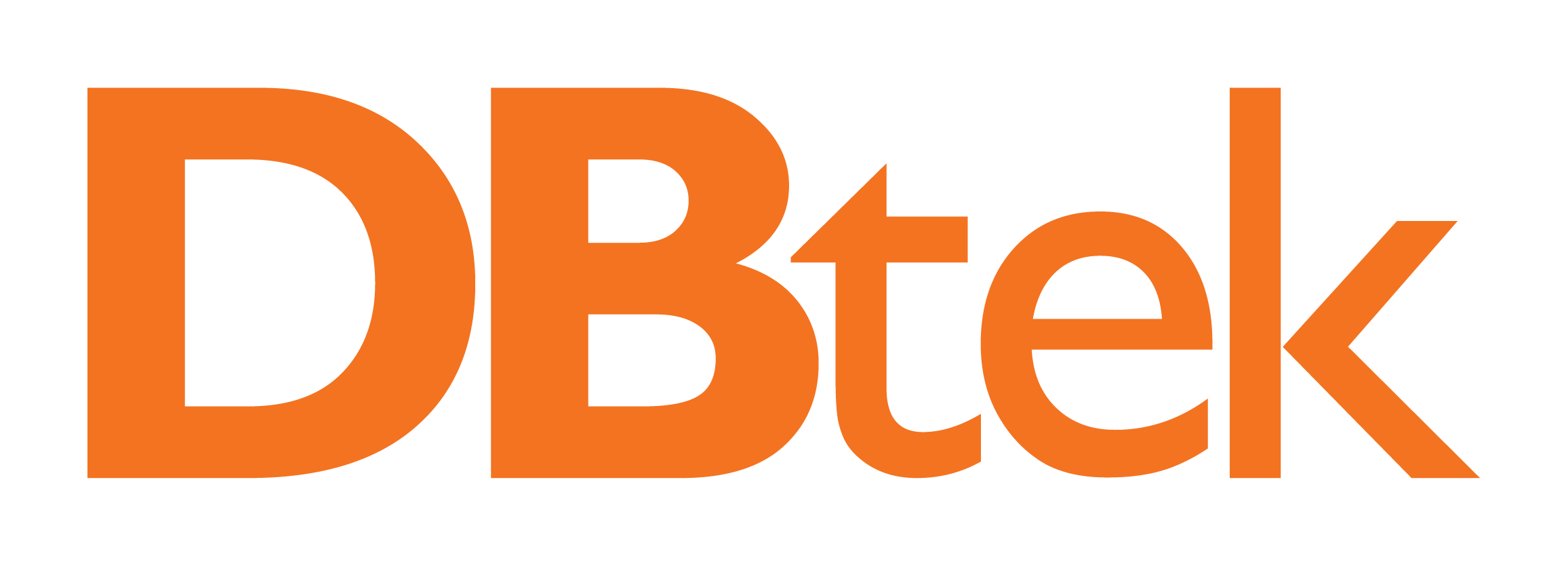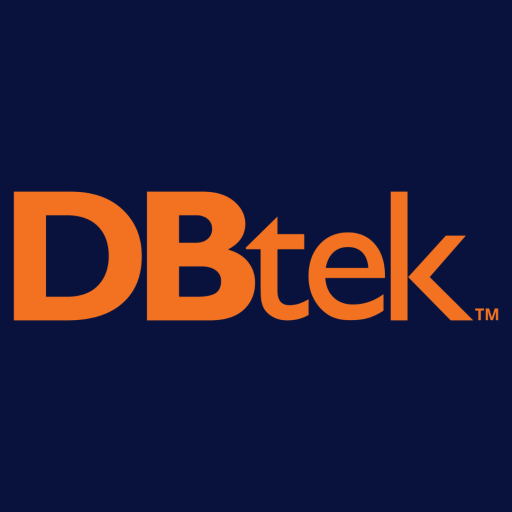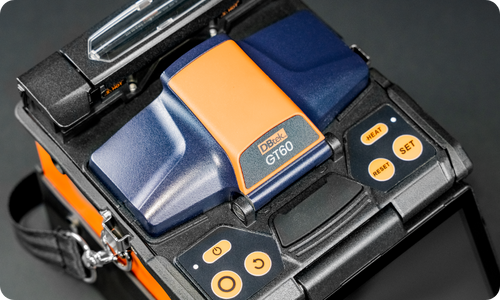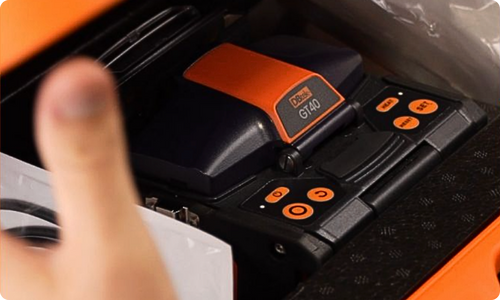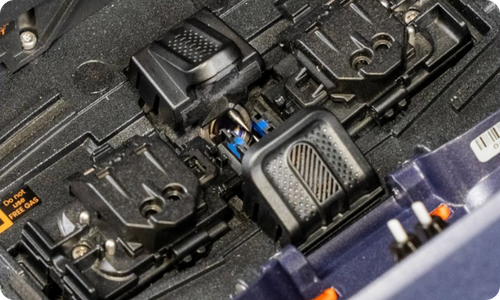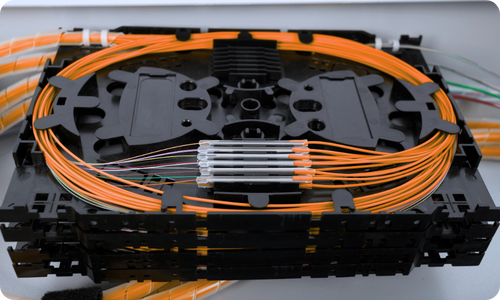Telecommunications | DBtek
How to Choose the Right Fusion Splicer for Your Telecom Project

In modern fiber deployments for telecom and data networks, the fusion splicer is one of the most critical tools in your kit. With varying alignment technologies, battery capacities, and durability levels, choosing the right splicer is essential for efficiency and performance. This guide outlines the key factors to consider and shows how DBtek’s GT series fits into different use cases.
Key Criteria to Evaluate:
Alignment Method: Core‑alignment delivers higher accuracy and lower loss, ideal for singlemode networks. Clad‑alignment can be sufficient for FTTx rollouts and access networks.
Splice Time & Heat Time: Faster splicing improves efficiency in field projects. DBtek’s GT60 offers ~5 s splicing + 13 s heating.
Battery Capacity: A large battery is essential for fieldwork. DBtek GT series supports up to 450 cycles on a single charge.
Durability & Environment: Ruggedized housing ensures stability under tough outdoor conditions.
Data & Records: DBtek GT60 stores up to 10,000 splice records, useful for quality control and troubleshooting. Accessories: Complete kits with cleavers, electrodes, and SOC holders save time and cost.
For core networks and long-haul applications, the core-alignment GT60 delivers the precision required for low-loss connections. In access and FTTx networks, the clad-alignment GT40 offers a cost-efficient balance between performance and affordability. Hybrid deployments often demand a mix of both solutions, depending on site requirements, while high-volume builds benefit from the GT series’ fast cycle time and robust battery capacity, ensuring workflows remain uninterrupted.
Choosing the right fusion splicer depends on your network type, project scale, and budget. DBtek’s GT40 and GT60 series are designed for speed, precision, and durability, making them reliable partners for telecom professionals.
